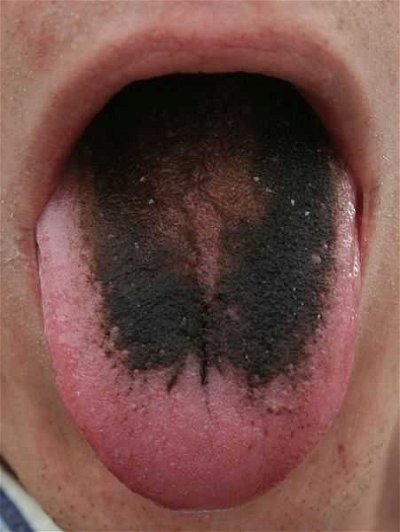24. All vertebrates have hearts that are located in the front part of their body, and are always surrounded by a protective sac with what name?
From Quiz Heart!
Answer:
Pericardium
The pericardium (a term that means 'around heart', from Latin roots) is usually an independent structure, but can sometimes be part of the peritoneum, the membrane that lines the abdominal cavity. It has two primary layers: the outer layer is fibrous, made of tough connective tissue, while the inner layer is serous, and is itself divided into two layers, the parietal layer (near the fibrous layer) and the visceral layer. The pericardial cavity, the area between them, is filled with serous fluid that acts like a shock absorber to protect the heart from physical shocks.









 Quick Question
Quick Question